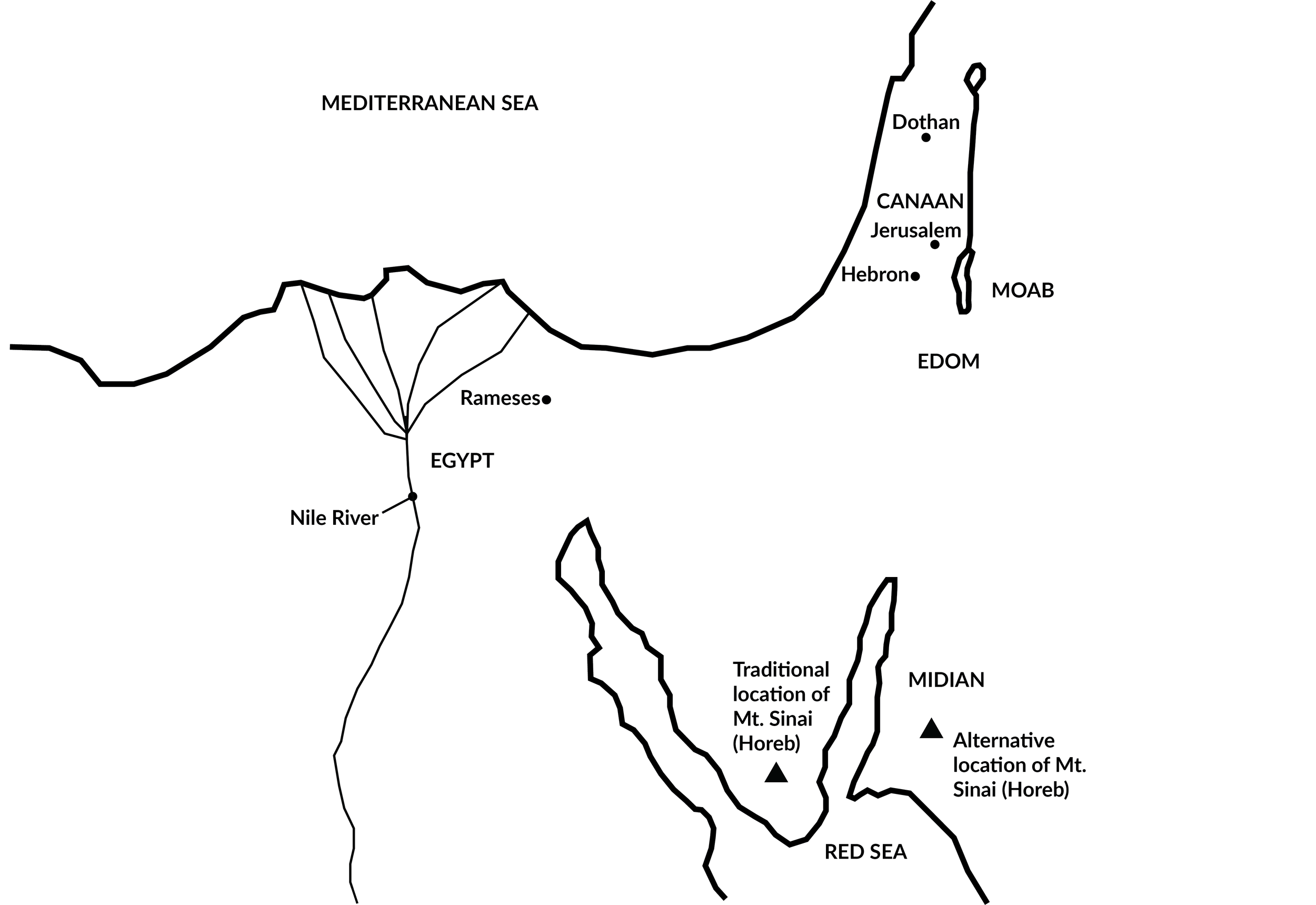Exodus 13 Summary: A Concise Overview in 5 Minutes
Exodus 13 Summary - A Quick Overview
WHEN:
Moses was born around 1571 B.C. and left Egypt at 40 years old (Acts 7:23).
According to Exodus 7:7, Moses was 80 years old when he stood before Pharaoh as the representative of God (1491 B.C.).
God delivered the Israelites from slavery in approximately 1491 B.C.
CHARACTERS:
Israelites (Hebrews) – They were the descendants of Jacob’s family that grew into a large nation while enslaved in Egypt.
Moses – A Hebrew who grew up in the house of Pharaoh. He fled Egypt in Exodus 2 and went to live in Midian. God called him back to Egypt to deliver the Israelites from slavery.
WHERE:
The Israelites lived in the land of Goshen, a region of Egypt.
After receiving their freedom from slavery, God led the Israelites south “by the way of the wilderness towards the Red Sea.
OUTLINE:
THE CONSECRATION OF THE FIRSTBORN (13:1-2):
God declared that all the firstborn of the Israelites, both of men and animals, belonged to Him.
This was closely connected to the 10th plague and the Passover. God had saved Israel’s firstborn from death and now they were to be dedicated to Him.
THE FEAST OF UNLEAVENED BREAD (13:3-10):
The Israelites were freed from slavery in the month of Abib.
God instructed them to keep the Feast of Unleavened Bread following the Passover every year on the 14th day of Abib.
No leaven was to be found in the houses of the Israelites for 7 days as a memorial of what God did for the Hebrews in Egypt.
THE LAW OF THE FIRSTBORN (13:11-16):
When the Israelites received the land of Canaan, they were to dedicate all the firstborn animals of their flocks and herds to the Lord and sacrifice them.
Certain animals, like donkeys, could be “redeemed” by offering a lamb in their place.
Firstborn children also needed to be redeemed. The Bible will explain more about that process later in the Old Testament.
The dedication of the firstborn and the redeeming process was designed to remind the Israelites how God had spared their firstborn during the 10th plague in Egypt.
GOD LEADS ISRAEL OUT OF EGYPT (13:17-22):
God did not lead the Hebrews to Canaan through the land of the Philistines because there was war in that region, instead He led them south towards the Red Sea.
Moses took the bones of Joseph to bury them in Canaan as he had requested (Genesis 50:25).
God led Israel from Succoth to “Etham, on the edge of the wilderness.”
God guided the multitude of people using a pillar of cloud during the day and a pillar of fire during the night.
APPLICATION:
Learning about the Passover Feast and the Feast of Unleavened Bread will cause you to marvel at God’s story when you read the New Testament.
The day of the Passover, the 14th day of Abib, was to be memorialized by the Hebrews to remember God delivering them from slavery.
But unknown to the Hebrews, it was also being memorialized because on that very day almost 1500 years later, the Lamb of God (Jesus) was going to be killed to give His blood to deliver the world from slavery to sin.
Jesus was killed on Passover day, which is a remarkable proof of Jesus’ claim to be the Son of God. No mere man could have timed his own death at the hands of his enemies to a specific day of the year.


